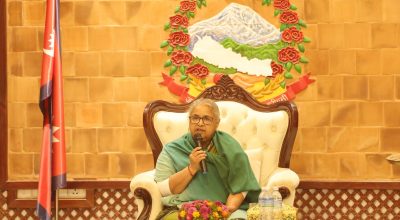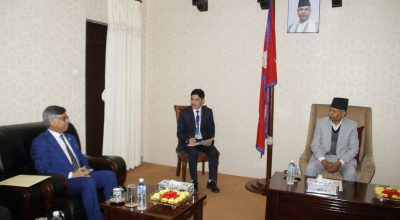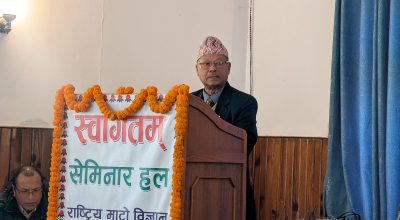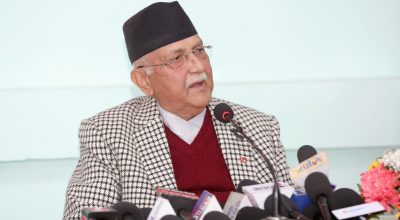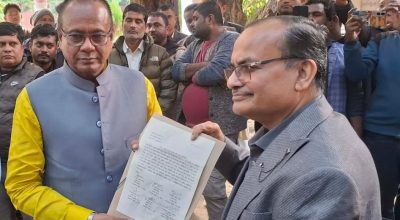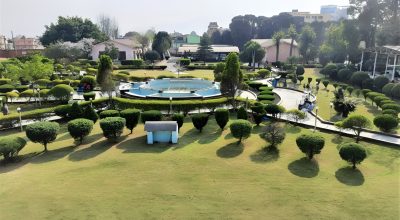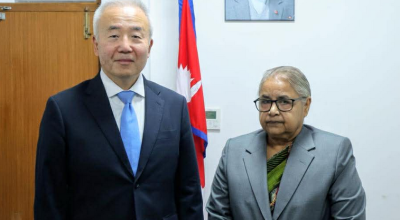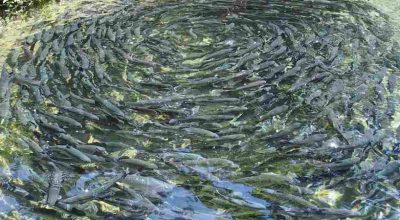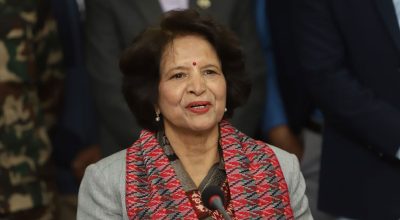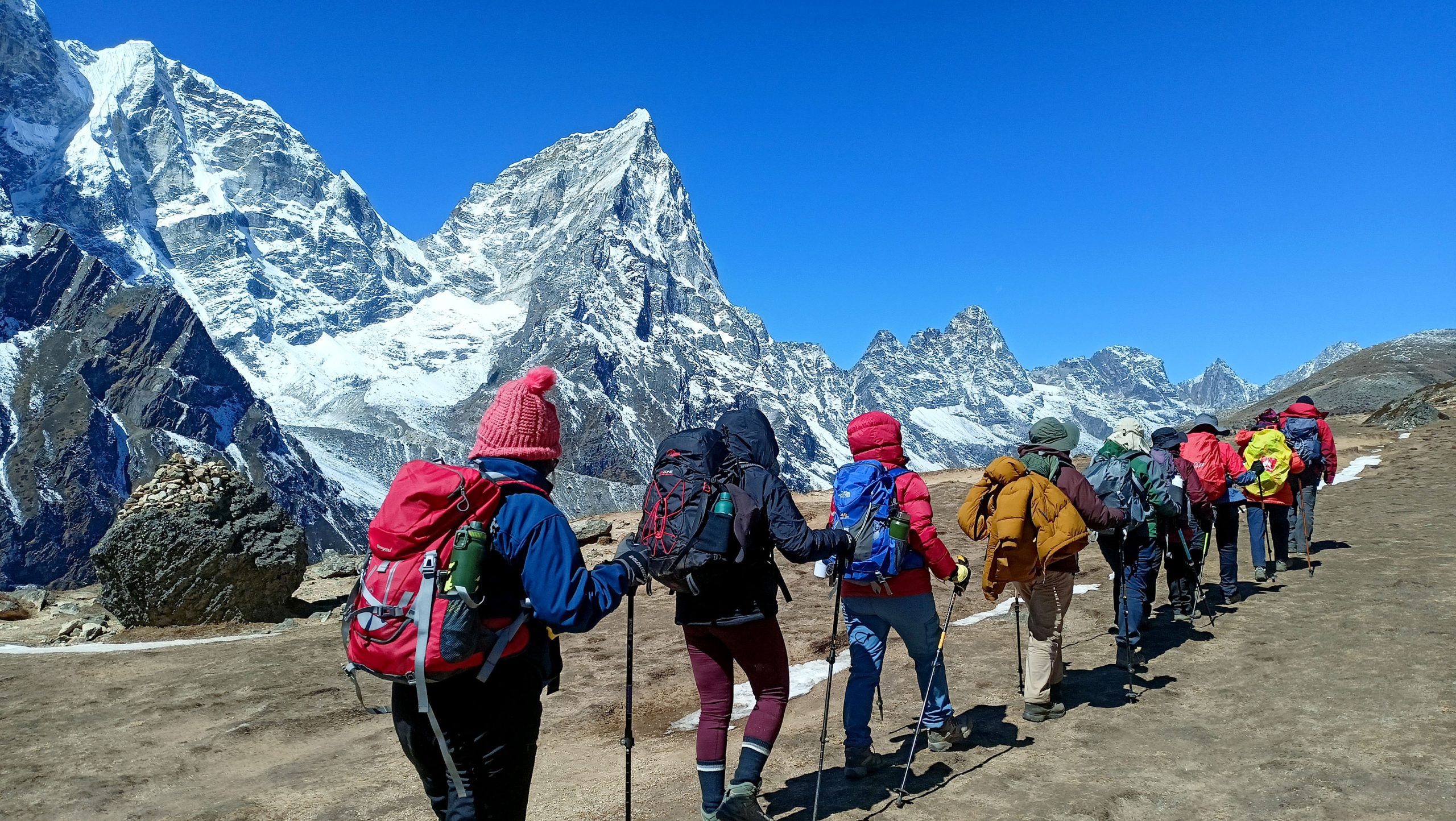
Pokhara, Oct 11: With major festivals of Nepalese like Dashain and Tihar, many people have been found planning trips during the long holiday. Trekking destinations such as Annapurna and Manaslu are currently bustling with both domestic and international tourists.
Nepalis especially embark on treks right after celebrating Dashain. According to Krishna Prasad Acharya, president of the Trekking Agent’s Association of Nepal (TAAN) Gandaki, the period from Ashwin to Mangsir is considered ideal for trekking.
Once primarily known to foreign tourists, trekking in Nepal has gained equal popularity among domestic travelers. Visitors seek to enjoy the natural beauty, unique geography, climate, biodiversity, and cultural experiences available in the region. Trekking is also viewed as beneficial for physical and mental health. Nepal boasts several globally renowned trekking destinations.
Every year, thousands of internal and external tourists set out on treks to these destinations. If you are planning to trek during this Dashain holiday, we present essential preparations and arrangements based on discussions with Dr. Rabin Kadaria, head of the Annapurna Conservation Area Project (ACAP), and trekker and guide Divesh Gurung.
Budgeting
The expenses depend on your chosen destination. Generally, budget around Rs. 3,000 to 4,000 per day. If you’re heading to the Everest region, costs may be higher. Your expenses will vary based on the distance of your trek, whether short, medium, or long. Services in tourist areas can be expensive. Most trekking destinations now have internet and online payment facilities, but remote villages may lack these services, so carrying cash is advisable.
Research your destination
Gather information about the destination and its geography. Learn about available hotels, restaurants, and teahouses in the area. Use Google or other map services to familiarize yourself with the location. Knowing the length and altitude of the trek will help you prepare physically and mentally. Approach the trek with curiosity and enthusiasm about the new place.
Packing
Consider the season, weather, and climate when gathering trekking gear and clothing. Don’t rush the packing process, as important items could be forgotten. Essential items include a trekking backpack, shoes, and trekking poles. Choose a lightweight backpack that can hold a lot; a 65-liter pack can carry up to 25 kilograms. Trekking gear is readily available in the market, with an estimated cost of around Rs 15,000 for essential items. Prices can vary based on quality and brand.
Nepali brands like Goldstar trekking shoes are gaining popularity. Look for comfortable shoes with thick soles and good grip that are waterproof and slip-resistant on mud and snow. Necessary clothing includes trekking jackets, t-shirts, trousers, hats, socks, and gloves. If trekking in hot weather, pack accordingly; for cold weather or high-altitude treks, consider warm clothing like feather-down jackets. Sunglasses are essential for eye protection, as are hats and sunscreen to shield against the sun.
Don’t trek alone
If the destination is new or remote, avoid trekking alone. In familiar areas with heavy foot traffic, short treks can be done solo. Having a guide makes the trek easier, and traveling in a group is even better for safety and logistical reasons. Recently, the government has implemented a policy requiring guides for trekking. Trekking alone poses safety risks, and in case of an accident, rescue can be complicated, especially in mountainous regions where altitudes reach nearly six thousand meters.
Medications and light snacks
Always carry basic first aid supplies and medications. If you take regular medications, don’t forget to pack them. At higher altitudes, altitude sickness can occur, especially above 3,000 meters. To avoid this, don’t trek too much in a single day—rest frequently. For treks above 3,000 meters, it’s recommended to ascend no more than 500 meters per day. Be prepared for emergencies by keeping contact numbers for local tourist information centers, police, and hotels. Additionally, manage light snacks and water for the trek. Items like biscuits, chocolate, cashews, and almonds are good to have on hand. #nepal #trekking #annapurna #rss





